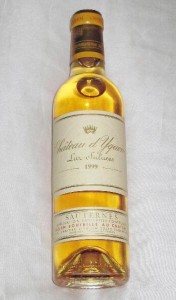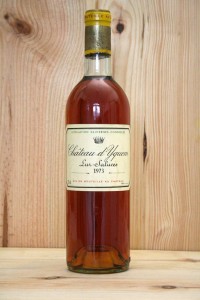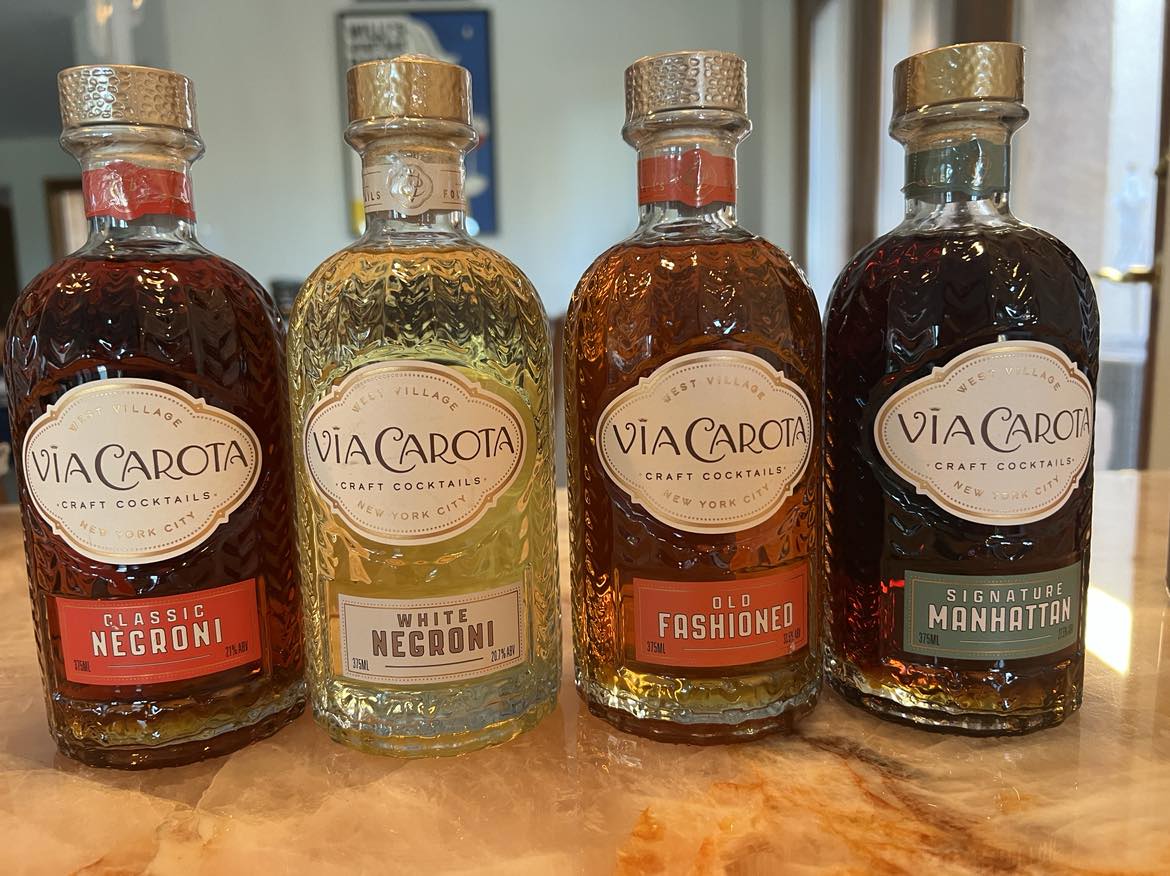What’s in the bag? That is the question that was asked of the GOTN folks at our last tasting. Most of the active members have been with the group for quite a while and are fairly savvy wine drinkers. So I ask you, what better way to challenge our wine senses than to sample and analyze wines that are covered and unknown to the participants? Each couple/member was asked to bring a wine to the tasting in a bag and was numbered so that the person that brought the wine would not spill the beans.
Blind tasting for me is the ultimate. The key advantage is that it forces everyone to rely on their senses rather than label, price point or rating. The best way to attack an unknown is to follow a defined path to get to the answer. In my line of work we call that a fishbone. As you see or find a certain key feature it eliminates many items that do not fit. So let’s walk through a simple process. For our blind tasting, no information was provided (100% blind).
Look at what the wine shows you from a visual perspective with a good light or against a white paper. Look at the color as all varietals have a distinct color. For example, Rieslings are white where typical chardonnays are yellow to golden. On the red side, most pinot noirs are lighter than say your big cabs which are very dark. Some wines, like Petite Sirah, can be dark purple.
Next, twirl the wine. Does it form long legs or none at all? Long legs will show viscosity of the wine and if it has a high glycerin level. The legs are indicative of the alcoholic content of the wine. Remembering that warmer climates produce higher alcohol and cooler temperatures produce lower alcohol you have more information to help with your fishbone. Big, thick long legs would point more toward warm climates like Australia even though many Paso Zins are not far behind. If there are little or no legs we could look at terroirs like Germany and regions of France that are much cooler and therefore the wines have less alcohol.
Wine pigment is also helpful in providing information. Older wines both white and red display certain pigments. Whites tend to gain color with age. Depending on the varietals they can go from white or straw to almost golden. Look at the example below of the much sought after Chateau Yquem sauterne that has a lot of age, the left is a 1999 and the right a 1973. They appear to be different wines yet they are the same wine only different vintages.
Reds are a little different. They develop a garnet to crimson color which is indicative of oxygen and the aging process. Very old reds from Bordeaux, France as well as aged cabernets from California, show these pigment changes. Though the French wines can and do age much longer the color is very obvious.
Now that you have some details on the wine that are helping you to discover and proclaim where the wine is from and what it is, let’s move to the next important method of analyzing the wine, smell.
In my reading I found that the nose can detect about 180 different aromas verses only 5 for tastes. Most of us are familiar with the common smell of many of the wines we drink. For example, the green apple in viognier, citrus in chardonnays, cherry in pinots, blueberry in syrah, etc. This can really help in dialing in on the wine.
Finally we have taste. Refer to the aromas though the nose and palate may be total opposites for some wines with regards to smell and taste. Is the wine high in acidity or tannins? Is it sweet? What fruits do you taste? Is there spice, leather, vanilla, etc, etc, etc? Is the wine a fruit bomb (New World) that slaps you in the face or are the flavors of the fruit subtle (Old World)? Old world wines do not have the fruit bombs but are very subtle and layered with flavors. Remember that the environment in France is much cooler than California or Australia. Differences can also be found between California and Washington or Oregon though not as pronounced. Looking at whites, acidity can be a good indicator.
It is not easy to do this. It is frustrating at times but you need to treat each challenge as an adventure and learning experience. Following is a list of wines brought by the group:
2011 Chappellet Chenin Blanc – Napa Valley (Eastern Hill)
Aroma: Floral, pineapple, meyer lemon and honeysuckle
Palate: Pineapple, Orange peel, bright and lively mouth feel
2010 Cabernet Sauvignon, Stepping Stone Winery – Napa Valley
Aroma: Dark Cherry
Palate: Tobacco, stone and dark cherry
2009 Nebiolo D’Alba – Terredavino Italy
Aroma: Light and delicate
Palate: Dark cherry and firm tannins
2010 Kaena Rhone Grenache– Santa Ynez
Aroma: Barnyard
Palate: Red cherry, medium tannins and light minerals on the finish
2008 Allegrini Palazzo Del Torre – Italy
Aroma: Black plum
Palate: Blackberry, black fruits and refined tannins
This testing of our senses, where we are not influenced by the label, allowed us to sharpen our senses. When I was watching the group going through their own individual rituals with each wine, I noticed that everyone was intensely reviewing the wines to try and solve the fishbone. We will do this again. I was impressed by everyone’s involvement.
Thanks again to Valencia Wine Company for hosting our GOTN gatherings. You guys are the greatest and a standard for wine bars within the valley that is difficult to compete with.
Cheers,
Rusty Sly












Nice article, Rusty–well-written and well-researched. And thanks to Tracy for taking such comprehensive notes!